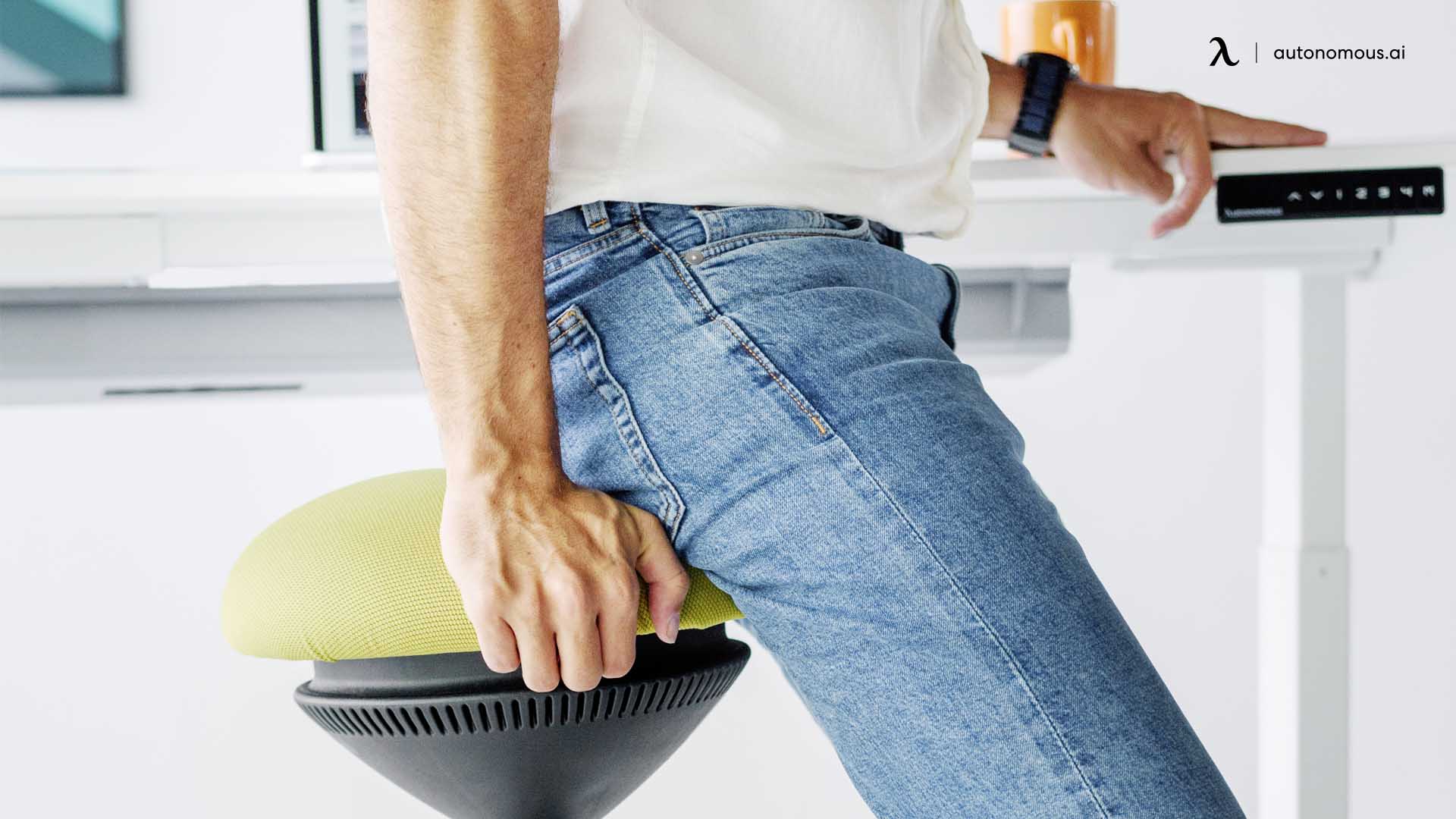
Table of Contents
For generations, many cultures and countries have seen people sitting on the ground for prayers, meetings, social get-togethers, and more, with backless seating. In most cases, sitting without back support was always intended to be good as one would keep his/her back erect. Do note that the situations mentioned were for a short duration and not for an entire day.
As people start working on computers for extended working hours, they miss keeping themselves healthy. Slouching spines, not taking regular breaks, working fixed to their desks, people have developed various health concerns from lower backaches, neck pains, stiff body, and more. Doctors have ascribed these to poor sitting postures, primarily.
The UCLA Health lists the importance of sitting correctly with back support for reducing and minimizing health issues that arise.
Let's see the pros and cons of sitting on a chair without back support.
1. Why Consider Sitting Without Back Support?
Sitting without back support is gaining popularity as an alternative seating practice, offering several benefits for overall health and posture. Here’s why you should consider giving it a try:
- Improves Core Strength
When you sit on a chair without back support, your core muscles engage to maintain balance and keep your spine upright. Unlike chairs with backrests, which allow your muscles to relax, backless sitting strengthens your core over time. This can reduce back pain and improve overall stability.
- Enhances Posture
Without a backrest to lean on, you’re naturally encouraged to sit upright. This promotes proper spinal alignment, reduces slouching, and prevents the long-term effects of poor posture, such as chronic back or neck pain.
- Increases Body Awareness
Sitting without back support heightens your awareness of how you hold your body. You’ll start to notice when you’re slouching or overcompensating, allowing you to make real-time corrections and develop healthier sitting habits.
- Promotes Flexibility and Mobility
Active sitting, such as on a stool without back support, activates stabilizing muscles, improving your body’s balance and flexibility. It also encourages subtle movements throughout the day, which are healthier for your joints and muscles compared to staying static in a supported position.
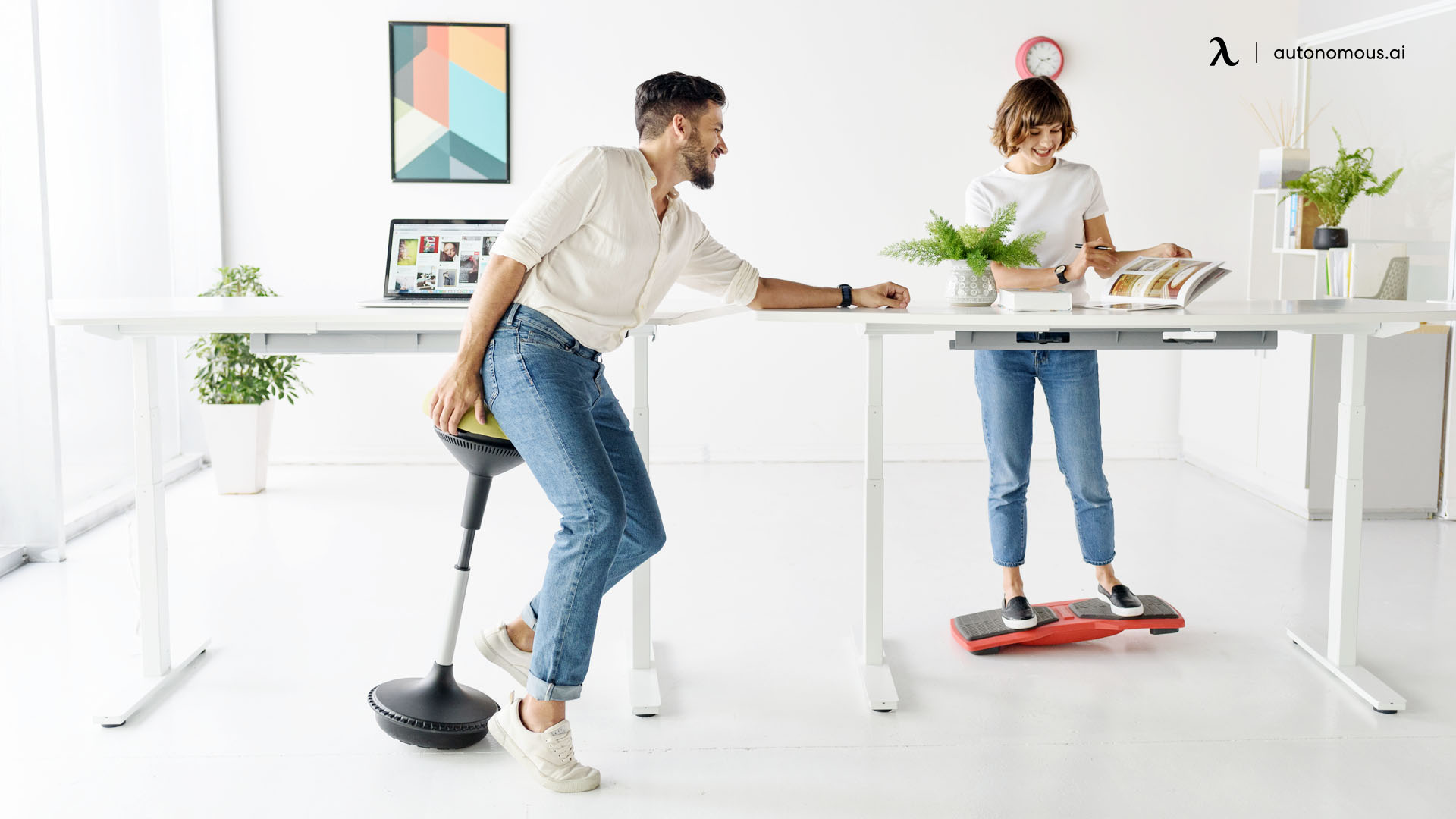
2. Risks of Improper Sitting Without Back Support
While sitting without back support has benefits, improper technique can lead to discomfort or injury. Here's what to watch out for:
- Strain on Muscles
When transitioning to sitting without back support, you might overuse your core muscles. Without proper posture, the additional strain can lead to soreness in your lower back, shoulders, or neck. Gradual adaptation is key to minimizing this risk.
- Injury Risks
Poor posture while sitting on a chair without back support or a stool can exacerbate existing back or spinal issues. Sitting with a rounded back or leaning forward excessively can compress spinal discs, increasing the risk of back pain or injury.
- Lack of Preparation
Jumping into long periods of unsupported sitting without strengthening your core can lead to fatigue and discomfort. This can discourage you from continuing and negate the potential benefits.
3. Tips for Sitting Without Back Support
To fully enjoy the benefits of sitting without back support and avoid discomfort, follow these practical tips:
Start Small
If you’re new to sitting on a stool without back support, start with short intervals, such as 10–15 minutes, and gradually increase your time. Alternate between back-supported and unsupported sitting as your body adjusts.
Find the Right Seat
Choose the right stool or chair without back support for your needs. Look for options with a comfortable surface and slight cushioning. Active sitting stools with slight tilts can encourage proper posture while reducing strain.
Maintain Proper Posture
Ensure that your feet are flat on the floor, your knees are at a 90-degree angle, and your spine is straight. Avoid slouching or leaning forward excessively, which can lead to back pain.
Strengthen Core Muscles
Incorporate exercises like planks, yoga, or Pilates to build core strength. A strong core supports your spine, making it easier to maintain proper posture while sitting without back support.
Listen to Your Body
Discomfort is normal during the adjustment phase, but sharp or persistent pain isn’t. Take breaks, stretch, or return to supported seating if needed. Always prioritize your body’s comfort and limits.
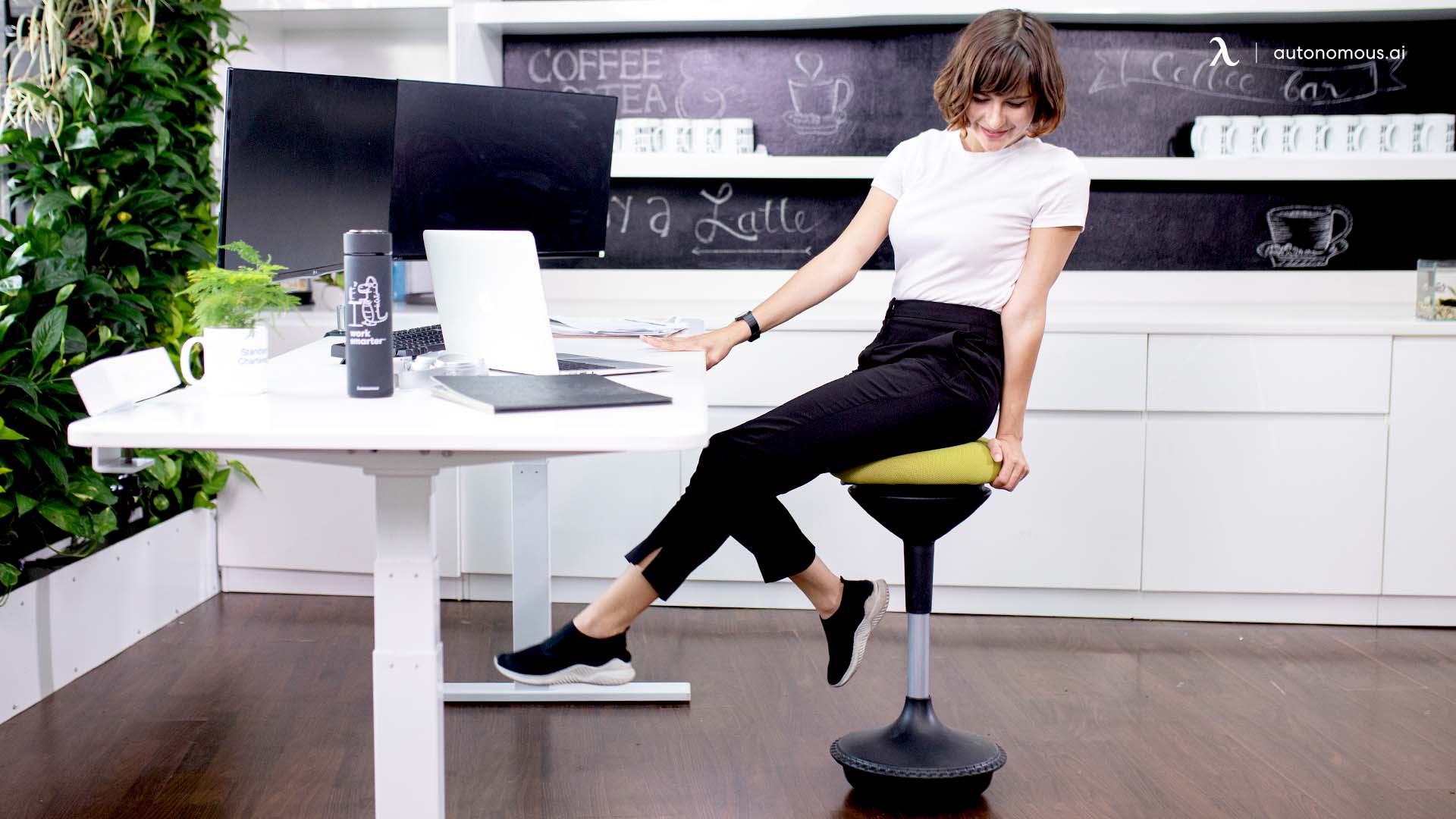
4. When to Avoid Sitting Without Back Support
While sitting without back support has many benefits, it isn’t suitable for everyone or every situation. Here are some instances where it’s better to avoid this practice:
Existing Back Issues
If you have chronic back pain, spinal injuries, or conditions like herniated discs, sitting without back support might aggravate these issues. Consult a healthcare professional before trying this seating method.
Post-Surgery Recovery
Individuals recovering from back or abdominal surgeries should avoid unsupported seating until cleared by their doctor. Proper support is essential during the healing process.
Long Work Hours
If your job requires long hours of sitting, unsupported seating may not provide adequate comfort. In such cases, combining supported seating with short sessions of backless sitting can be a balanced approach.
Lack of Core Strength
For beginners with weak core muscles, starting with unsupported sitting for extended periods can lead to strain and discomfort. Focus on strengthening your core before committing to longer sessions.
5. Ergonomics & Back Support
In a layman's language, ergonomics is the science of using correct postures when sitting, standing, lifting, pushing. The Occupational Safety and Health Administration guidelines, USA, recommend that you use back support when working at a computer workstation.
There are two parts to ergonomics; firstly, it is about getting an ergonomically designed chair to sit on. Secondly, even if you get an ergonomically designed chair, if you don't use it with the correct posture (refer to OSHA guidelines above), it is of little value to you.
So what is an ergonomic office chair?
Ergonomic chairs are designed with unique principles that offer you high convenience. An ergonomic chair with back support is designed for your comfort as you work for long hours. With users having different body shapes, each person needs chairs specifically designed to support their back, arms, neck & head to avoid any health concerns.
What does that mean to you? Chairs are not merely a place to sit to finish work. To buy an office chair that meets ergonomic design gets you high adjustability of all features. Why? Because the next user could be different from you! These chairs offer you adjustments for seat height, seat backrest, lumbar support, footrests, headrests, seat pan tilt, and more. With all these adjustments, you can ensure you are sitting in the right posture when sitting and working, when you need to lean forward or when you are reclining. What is the primary aim? Your well-being! With these chairs, you may not be afraid of the strains you face when sitting on a chair without back support.
So which one is the best – a high back or a low back chair?
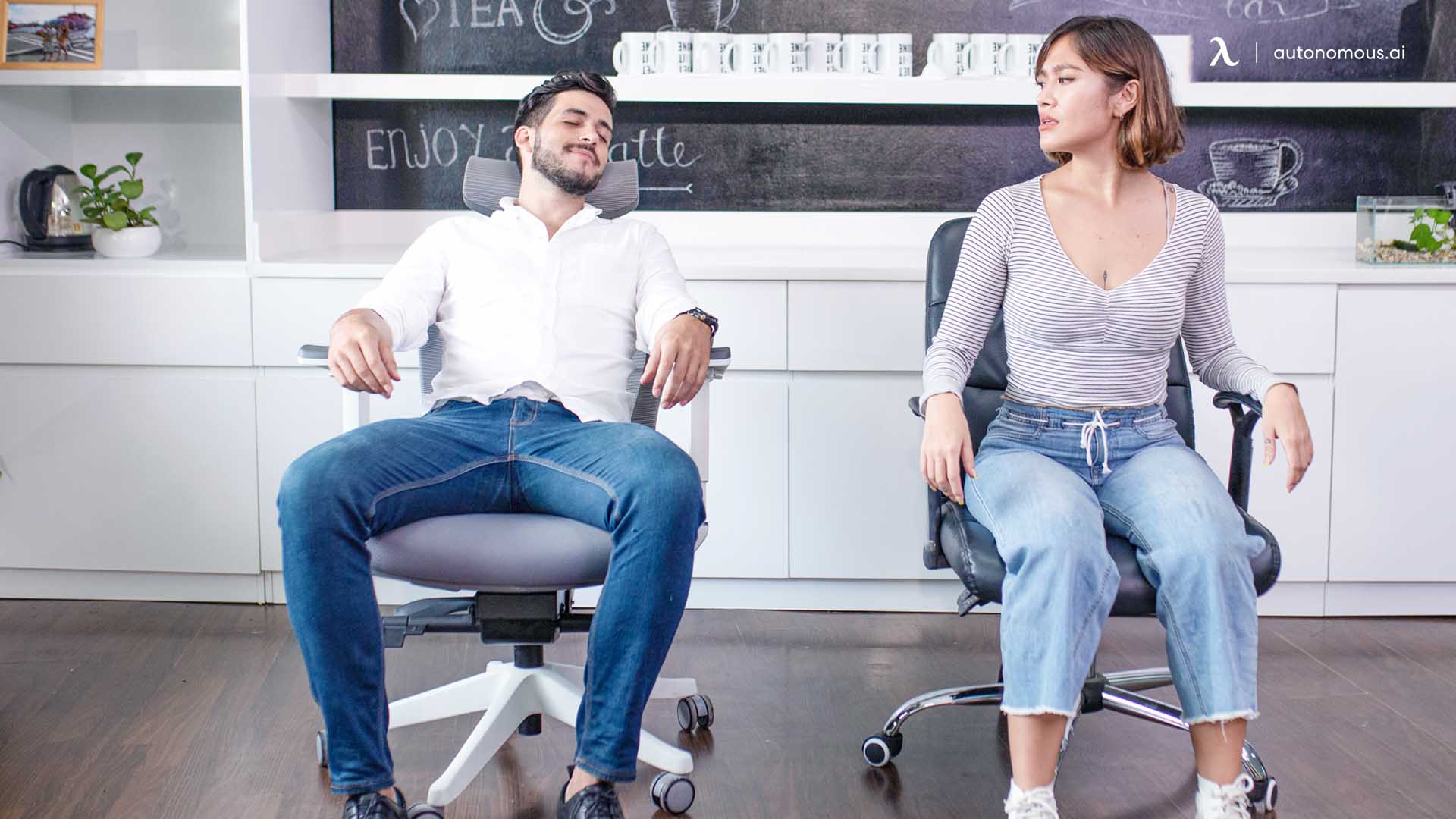
6. Mid-back Vs. Low-back Chairs
This question of a mid-back vs high-back chair is an important consideration for you. While you may have your preferences, it is strongly recommended that you consider a mid-back chair when working on computers. Why? Because a mid-back ergonomic chair supports your upper and lower back to avoid health concerns. The natural S-shape of your spine is well maintained with strong lumbar support for your lower back; the upper backrest is designed to give rest to your shoulders as you recline or sit erect to finish work.
Read more on a flexible office chair for your well-being!
Low back chairs are effective when you just want to rest for a few minutes; you need easier access getting in or out of your chair, or perhaps you are socializing at a party.
With a mid-back chair, your decision to manage your health cannot go wrong!
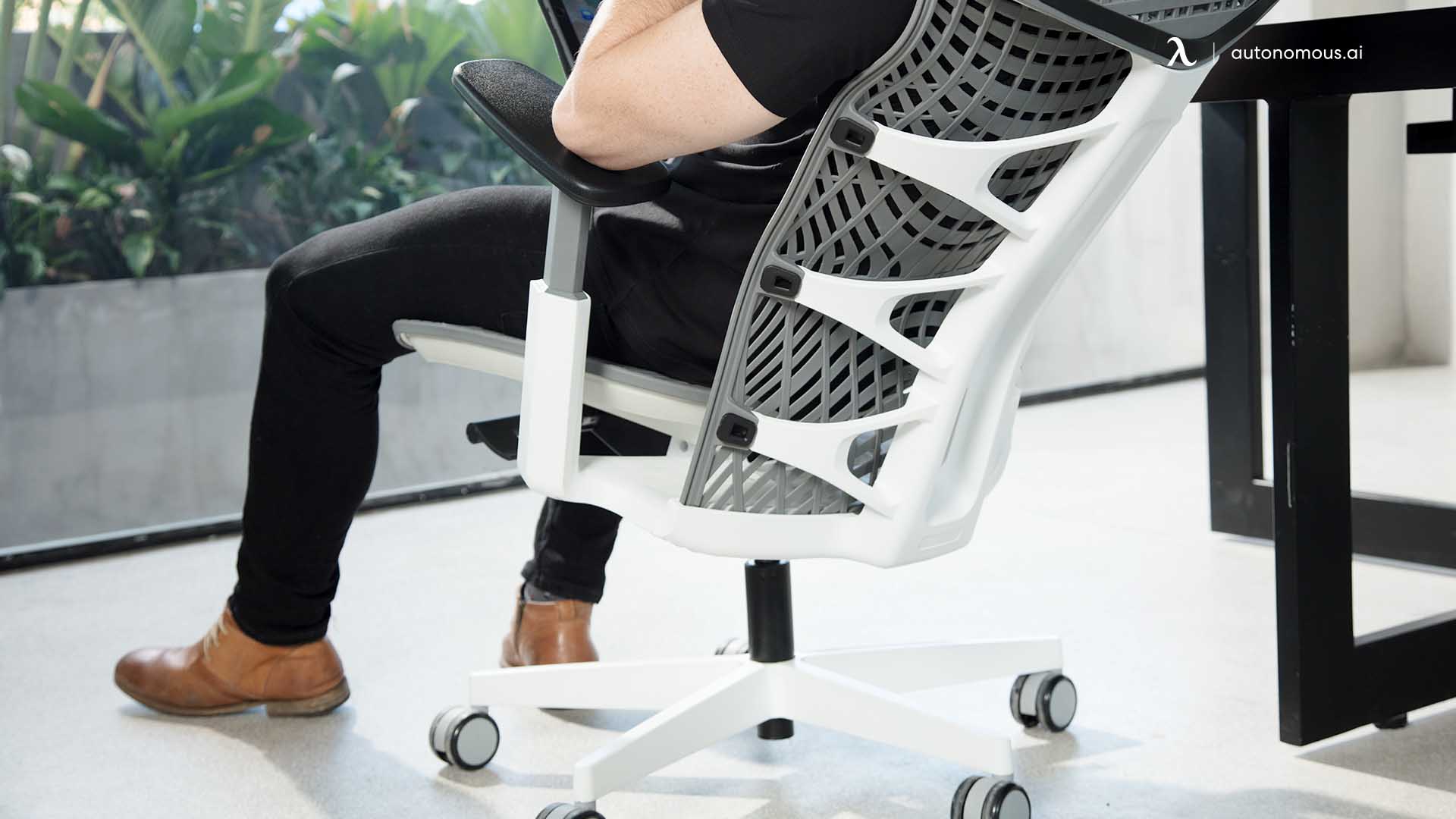
7. Best Office Ergonomic Chair with a Back Support
Our recommendation goes out to the best in the class and avoids the strains when sitting on a chair without back support, ErgoChair Pro. This ergonomically designed office chair is one of the fines that gives you strong and adjustable lumbar support for your back. You can adjust the backrest to a twenty-two-degree angle for your comfort. You can maintain any angle with a lock-in in any one of the five different positions.
This sleek and elegant office chair is a strong balance of function and form. Functionally, it offers you a choice to adjust your backrest, armrests, height, and seat tilt (forward/ backward) for your comfort. You can access any area of your ergonomic workspace with the strong casters that take you on a roll!
The seat and the backrest are plush looking with the mesh cloth. The fine mesh allows your skin to breathe as you sit and work for long hours. With a wide choice of six different colors to suit your office décor, you cannot get anything better than ErgoChair Pro!

8. Summary
Sitting without back support, whether on a stool or a chair, offers numerous benefits, from improved posture to stronger core muscles. However, transitioning to this seating style requires patience, proper technique, and mindful practices. Gradually incorporate backless sitting into your routine, starting with short intervals and listening to your body’s needs.
Whether you’re experimenting with how to sit on a stool without back pain or exploring alternatives to conventional seating, remember to prioritize your comfort and well-being. With consistent effort and proper posture, sitting without back support can become a healthy, long-term habit that enhances your overall physical health.
Stay connected with us!
Subscribe to our weekly updates to stay in the loop about our latest innovations and community news!
Interested in a Link Placement?
.svg)


.webp)



.webp)


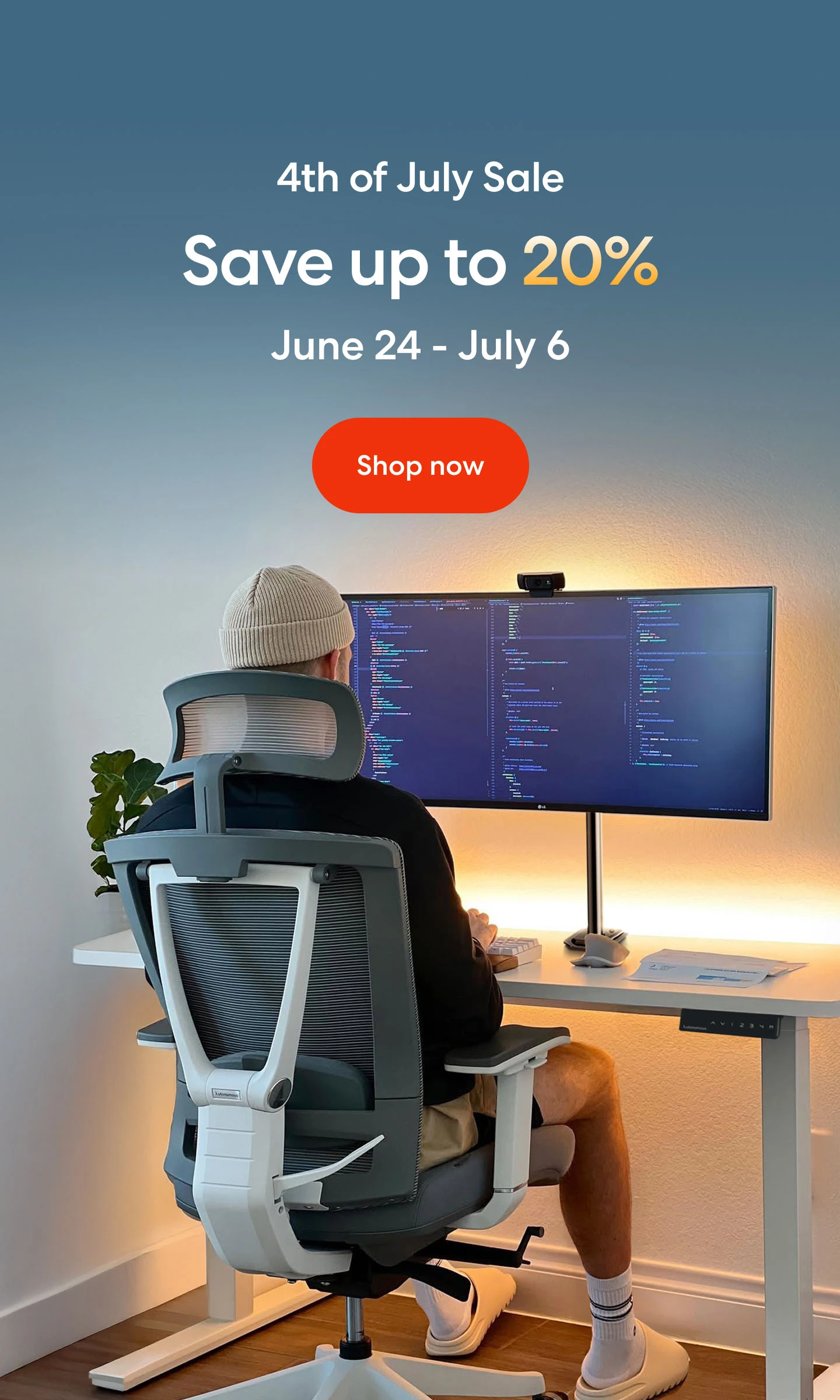
.webp)

